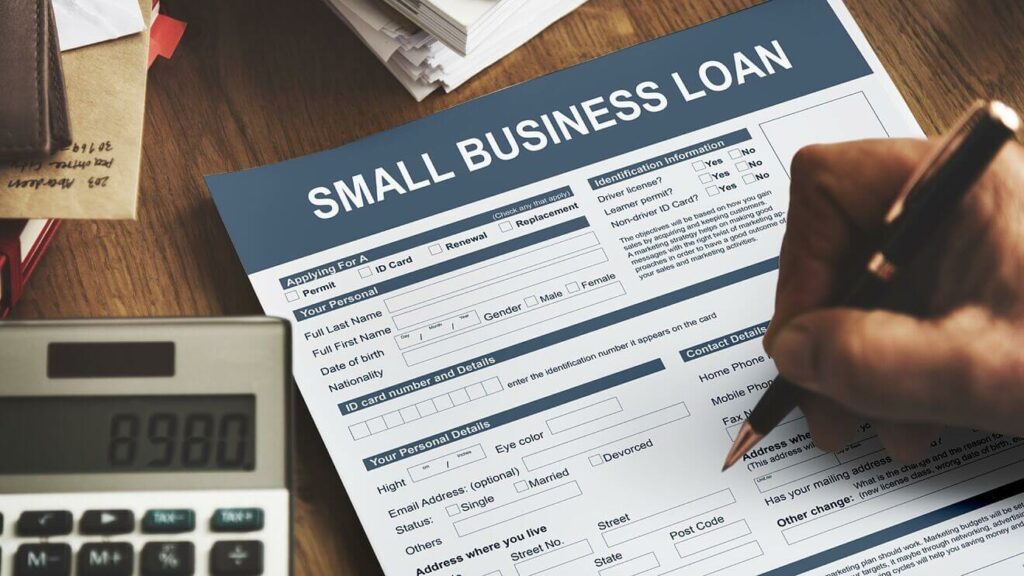How to Get a Small Business Loan with Bad Credit


Launching or expanding a small business can be a daunting task, especially if you have bad credit. Access to capital is essential for growth, but traditional lenders may not always be a viable option. The good news is that there are alternative avenues for securing a small business loan, even with less-than-perfect credit. In this guide, we’ll explore the ins and outs of getting a small business loan with bad credit, including overcoming obstacles, repairing your credit, and finding the right lending partner.
Understanding the Challenges of Bad Credit
Before we dive into solutions, it’s important to understand the implications of bad credit and how it affects your ability to secure financing. Your credit score is a numerical representation of your creditworthiness, and a low score can signal a higher risk to potential lenders. As a result, you may face higher interest rates, stricter loan terms, or even outright rejection. However, don’t despair! There are numerous strategies to help you overcome these challenges and secure the financing you need.
Alternative Lenders and Financing Options for Small Business Owners
When traditional lenders turn you down, consider alternative financing options. Here are a few possibilities to explore:
- Online lenders: These companies often have more lenient credit requirements and faster approval processes, making them a great choice for borrowers with bad credit. Research reputable platforms like Kabbage, OnDeck, and BlueVine to find a lender that suits your needs.
- Microlenders: These organizations focus on providing small loans to businesses in underserved communities. Organizations like Accion and Opportunity Fund can help you access funding even if your credit score isn’t perfect.
- Invoice factoring: This financing option allows you to sell your unpaid invoices to a factoring company in exchange for immediate cash. This can be especially helpful for businesses with inconsistent cash flow due to delayed payments from clients.
- Merchant cash advances: A merchant cash advance (MCA) is a lump sum of cash provided to a business in exchange for a percentage of future credit card sales. While they can be costly, MCAs can be a lifeline for businesses with poor credit that need quick access to capital.
Repairing Your Credit and Strengthening Your Loan Application
Improving your credit score can open doors to better loan terms and lower interest rates. Here are some practical tips to help you repair your credit:
- Review your credit report: Obtain a free copy of your credit report from major credit bureaus and check for errors. Dispute any inaccuracies promptly.
- Pay down debt: Prioritize paying off high-interest debt and reduce your credit utilization ratio, which can help improve your credit score.
- Make timely payments: Establish a consistent payment history by making all payments on time. Setting up automatic payments can be a helpful way to ensure you never miss a deadline.
- Build credit with a secured credit card: If you don’t have any credit history or need to rebuild your credit, a secured credit card can help you establish a positive payment history.
- Provide collateral: Offering collateral, such as real estate or equipment, can increase your chances of securing a loan even with bad credit.
Preparing a Compelling Loan Application
To improve your chances of securing a small business loan, make sure your loan application is as strong as possible. Here’s what you need to do:
- Develop a solid business plan: A well-crafted business plan demonstrates your commitment to success and provides lenders with a clear roadmap of your objectives, strategies, and financial projections.
- Showcase your industry experience: Highlight your relevant expertise and past successes to show lenders that you are capable of managing and growing your business.
- Present strong financial statements: Provide accurate and up-to-date financial statements, including income statements, balance sheets, and cash flow projections. This information allows lenders to assess your business’s financial health and make informed lending decisions.
- Be transparent about your credit history: Address any negative items on your credit report and explain the steps you’ve taken to improve your creditworthiness. Honesty and transparency can go a long way in building trust with potential lenders.
- Offer a detailed plan for loan utilization: Clearly outline how you plan to use the loan proceeds to grow your business. Lenders are more likely to approve your application if they understand how the funds will be used to generate revenue and repay the loan.
Conclusion: Turning Bad Credit into a Small Business Triumph
Securing a small business loan with bad credit may seem like an uphill battle, but it’s not an insurmountable challenge. By exploring alternative lending options, repairing your credit, and presenting a compelling loan application, you can unlock new opportunities for your business. Remember, the road to success is paved with perseverance and determination. With the right mindset and a strategic approach, you can overcome bad credit and secure the financing needed to help your small business thrive.






Responses